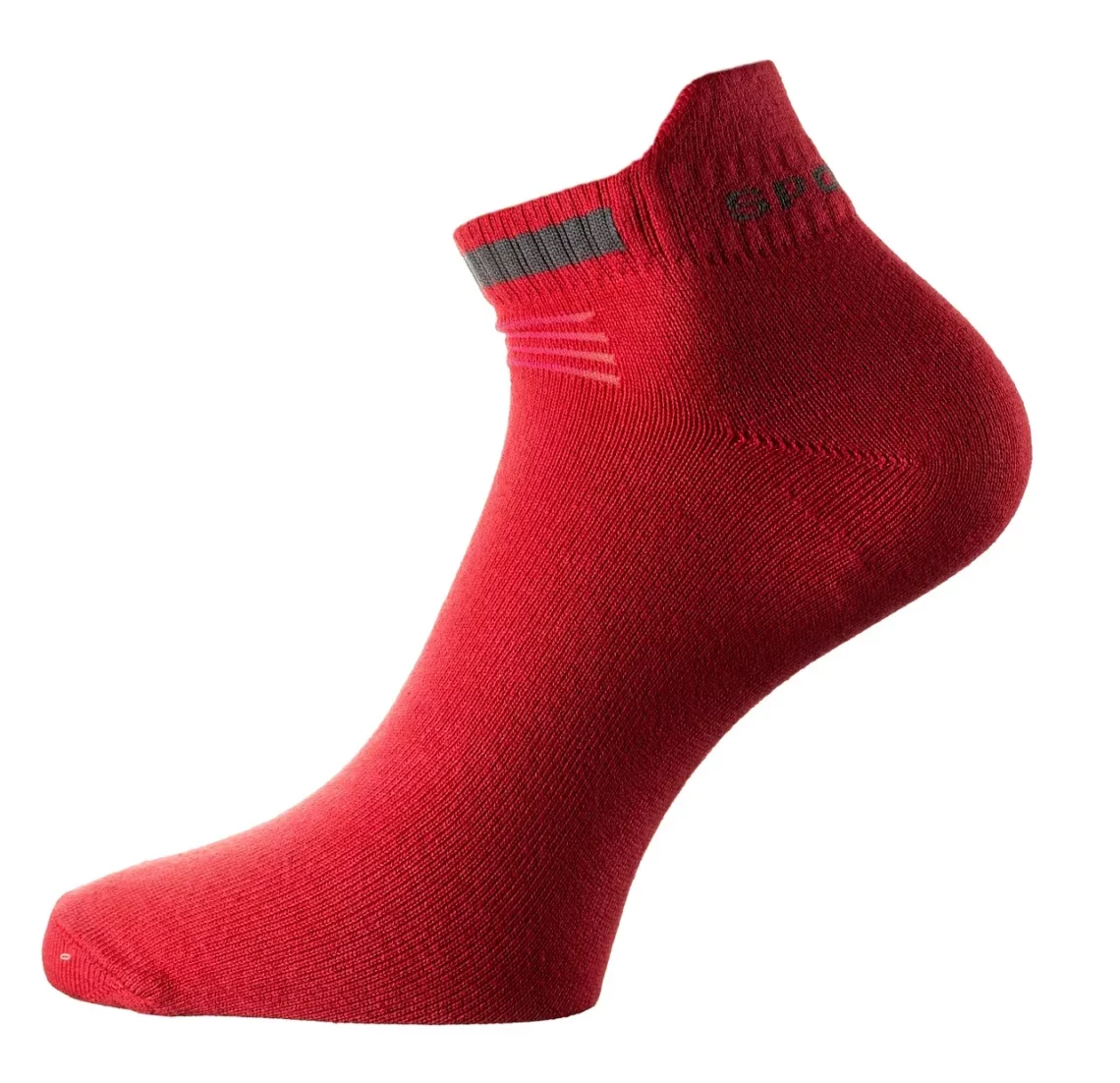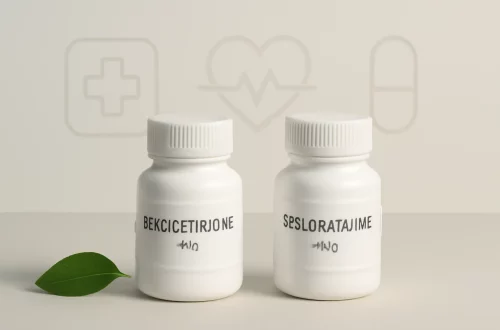
The Ultimate Guide to Comfortable Padded Socks for Men
Comfort is a crucial factor in our daily lives, influencing everything from our productivity to our overall well-being. One often-overlooked aspect of comfort is the type of socks we wear. While we may invest in quality shoes, the importance of the socks that cushion our feet cannot be understated. Comfortable padded socks for men provide not only softness and warmth but also support and protection against various foot issues.
Many men spend long hours on their feet, whether at work, during exercise, or simply while running errands. The right socks can alleviate discomfort and even prevent common foot ailments such as blisters, calluses, and arch pain. With various materials, styles, and designs available, choosing the perfect padded socks can significantly enhance your daily comfort.
This guide delves into the world of padded socks, exploring their benefits, the materials used in their construction, and tips for selecting the ideal pair. Whether you’re an athlete, a professional, or someone who enjoys casual wear, understanding the importance of padded socks can transform your footwear experience.
Benefits of Padded Socks
When it comes to comfort, padded socks offer a plethora of advantages that can enhance your overall foot health. One significant benefit is the added cushioning that these socks provide. This cushioning can absorb shock, particularly during high-impact activities like running or walking on hard surfaces. By reducing the force exerted on your feet, padded socks can help minimize fatigue and discomfort, allowing you to stay active for longer durations.
Moreover, padded socks are often designed with arch support in mind. This is crucial for individuals who may suffer from flat feet or high arches, conditions that can lead to pain if not properly supported. The right padded socks can help distribute weight evenly across your foot, reducing pressure points and enhancing your stability while walking or standing.
Another essential benefit is moisture-wicking properties found in many padded sock designs. Feet can sweat, leading to a damp environment that promotes bacteria and fungi growth. Quality padded socks are often made from materials that wick moisture away from the skin, keeping your feet dry and comfortable throughout the day. This is particularly important for athletes or those who engage in physical activities, as it helps prevent blisters and athlete’s foot.
Lastly, padded socks contribute to warmth. For those living in colder climates, a good pair of padded socks can be a game-changer. The extra insulation they provide keeps your feet warm and cozy, making them ideal for both indoor and outdoor wear. In summary, the benefits of padded socks extend beyond mere comfort; they play a vital role in foot health, moisture management, and temperature regulation.
Materials Used in Comfortable Socks
The materials used in padded socks significantly impact their comfort, durability, and overall performance. One of the most common materials is cotton, known for its softness and breathability. Cotton is an excellent option for everyday wear, as it provides comfort and absorbs moisture effectively. However, it may not be the best choice for high-intensity activities, as it retains moisture rather than wicking it away.
Another popular material is wool, particularly merino wool, which is celebrated for its temperature-regulating properties. Wool socks can keep your feet warm in cold conditions while also being breathable enough to keep them cool in warmer weather. Additionally, wool naturally has moisture-wicking properties and is resistant to odors, making it ideal for prolonged wear.
Synthetic fibers, such as polyester and nylon, are also commonly used in padded socks. These materials are often blended with other fibers to enhance durability, elasticity, and moisture management. Polyester is particularly effective at wicking sweat away from the skin, while nylon adds strength and flexibility, ensuring the socks retain their shape through repeated wear and washing.
Compression socks, which are designed to improve blood circulation, are typically made from a blend of spandex and nylon. These materials provide the necessary stretch and support to enhance circulation, making them a popular choice for athletes and individuals who spend long hours on their feet.
Finally, consider the importance of seam construction. Socks with flat seams or seamless designs can prevent irritation and chafing, enhancing overall comfort. When selecting padded socks, it’s essential to pay attention to the materials used, as they directly influence the sock’s performance and comfort level.
Choosing the Right Padded Socks for Your Lifestyle
Selecting the right padded socks involves considering your lifestyle and specific needs. Different activities may require different types of socks, and understanding these nuances can lead to a more comfortable experience. For instance, if you are an athlete, look for socks designed for specific sports, such as running, basketball, or hiking. These socks often feature targeted cushioning, arch support, and moisture-wicking properties tailored to the demands of the activity.
For everyday wear, you might prioritize comfort and versatility. Look for padded socks that offer a blend of materials, ensuring they are soft, breathable, and durable. Additionally, consider the length of the socks. Ankle-length socks can be suitable for casual wear, while crew or knee-high socks may provide extra warmth during colder months.
If you spend long hours on your feet for work, consider socks with compression features. These can help improve blood circulation and reduce fatigue over prolonged periods of standing or walking. Many brands offer cushioned compression socks that provide the best of both worlds.
Lastly, don’t overlook the importance of fit. Socks that are too tight can restrict circulation and cause discomfort, while those that are too loose may lead to blisters. Always check the sizing chart provided by the manufacturer and consider trying on socks before purchasing, if possible.
In conclusion, the right padded socks can significantly enhance your comfort and overall foot health. By understanding your lifestyle needs and the materials available, you can make an informed decision that will keep your feet happy and healthy.
Caring for Your Padded Socks
Proper care for your padded socks can extend their lifespan and maintain their performance. Following the manufacturer’s instructions is crucial, as different materials may require specific washing and drying methods. Generally, it’s best to wash padded socks in cool or warm water using a gentle cycle. Avoid using bleach, as it can degrade the fibers and affect the sock’s cushioning.
When it comes to drying, air drying is often recommended. High heat can cause elastic materials to break down, leading to a loss of shape and support. If you must use a dryer, opt for a low heat setting to help preserve the sock’s integrity.
Additionally, be mindful of how you store your socks. Avoid folding them in a way that may stretch the elastic. Instead, roll them or lay them flat to maintain their shape. Keeping socks in a cool, dry place away from direct sunlight can also help prevent fading and deterioration of the material.
Regularly inspecting your socks for signs of wear and tear is vital. Look for thinning areas, holes, or loss of elasticity. Replacing worn socks promptly can prevent discomfort and protect your feet from potential issues.
In summary, taking care of your padded socks is essential for ensuring they remain comfortable and effective. By following proper care instructions, you can enjoy the benefits of your socks for a more extended period.
—
**Disclaimer:** This article is for informational purposes only and does not constitute medical advice. For any health-related issues or concerns, please consult a qualified healthcare professional.




